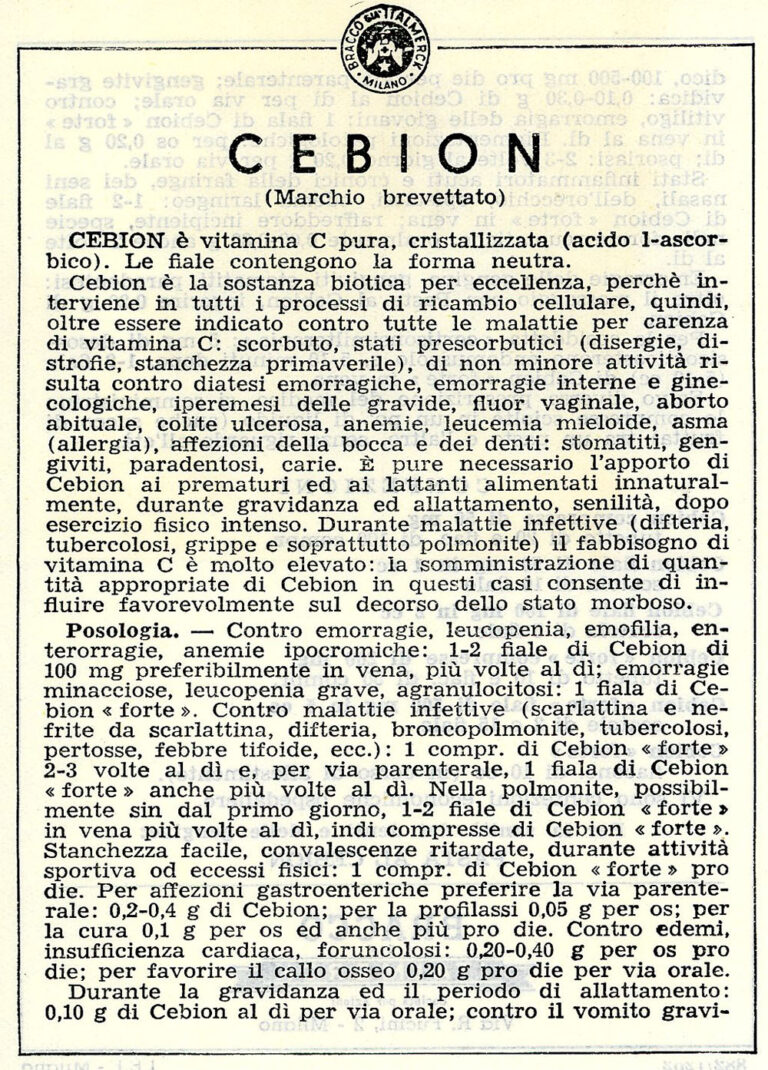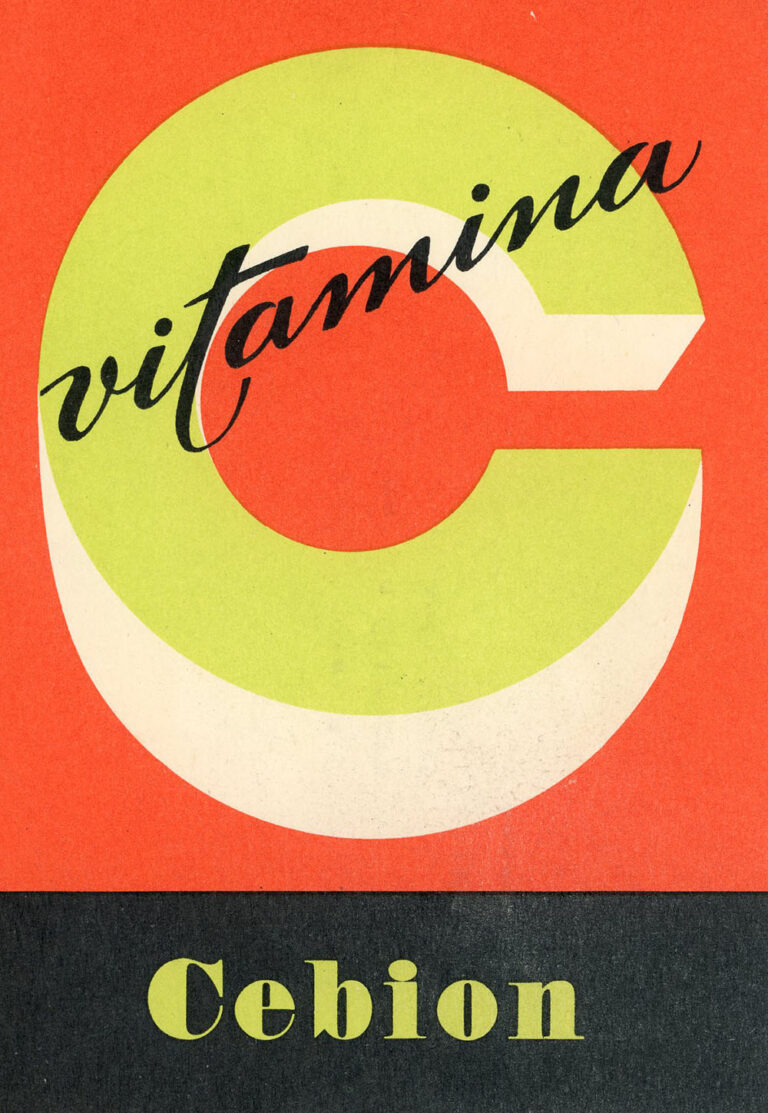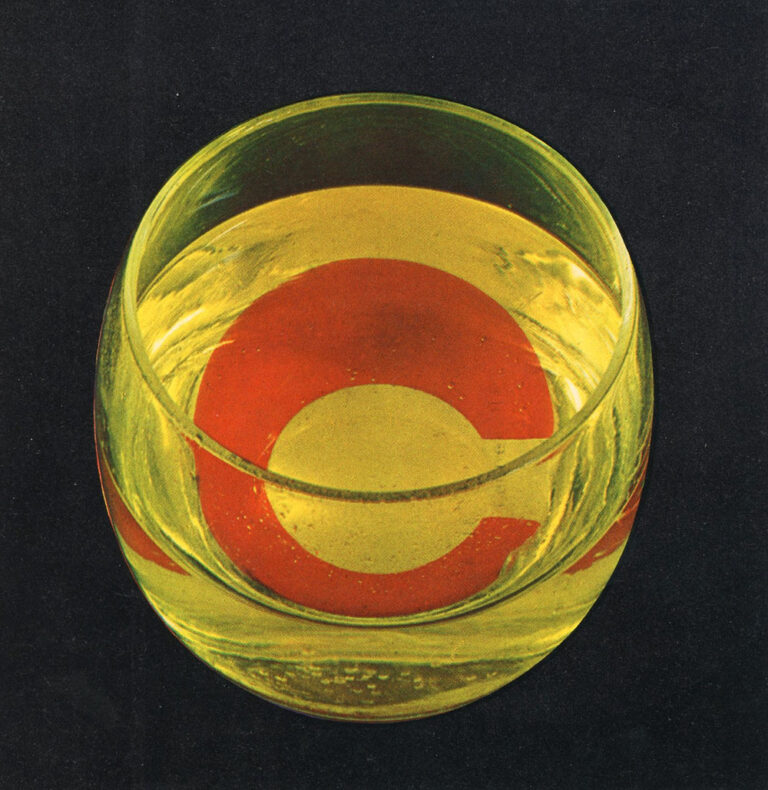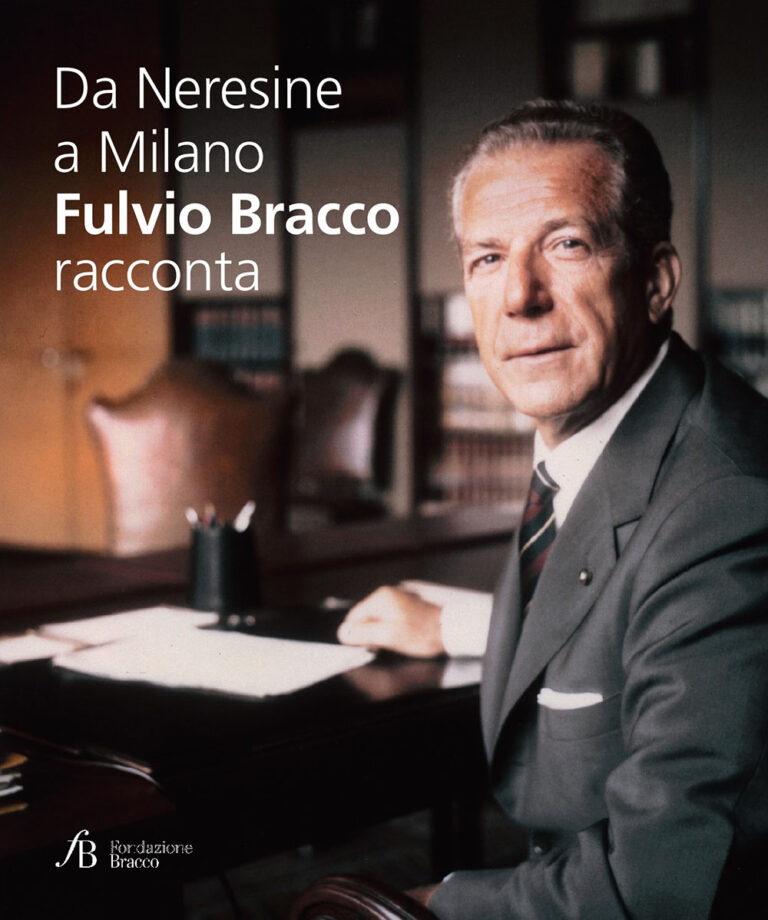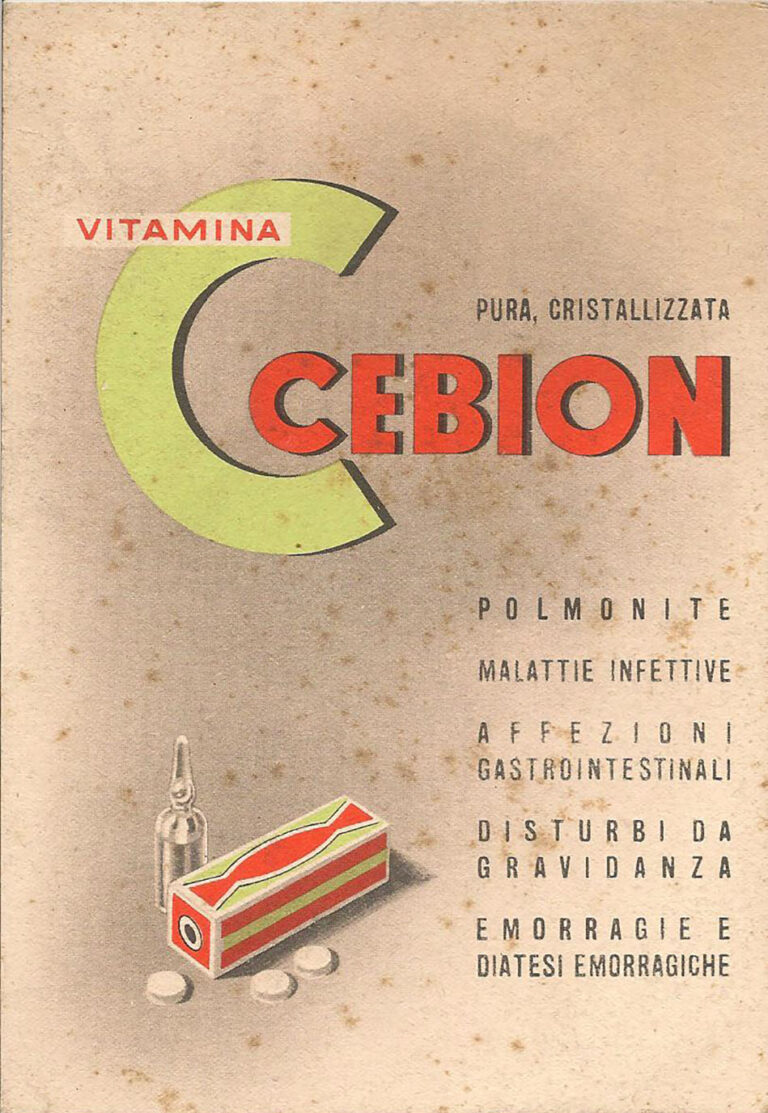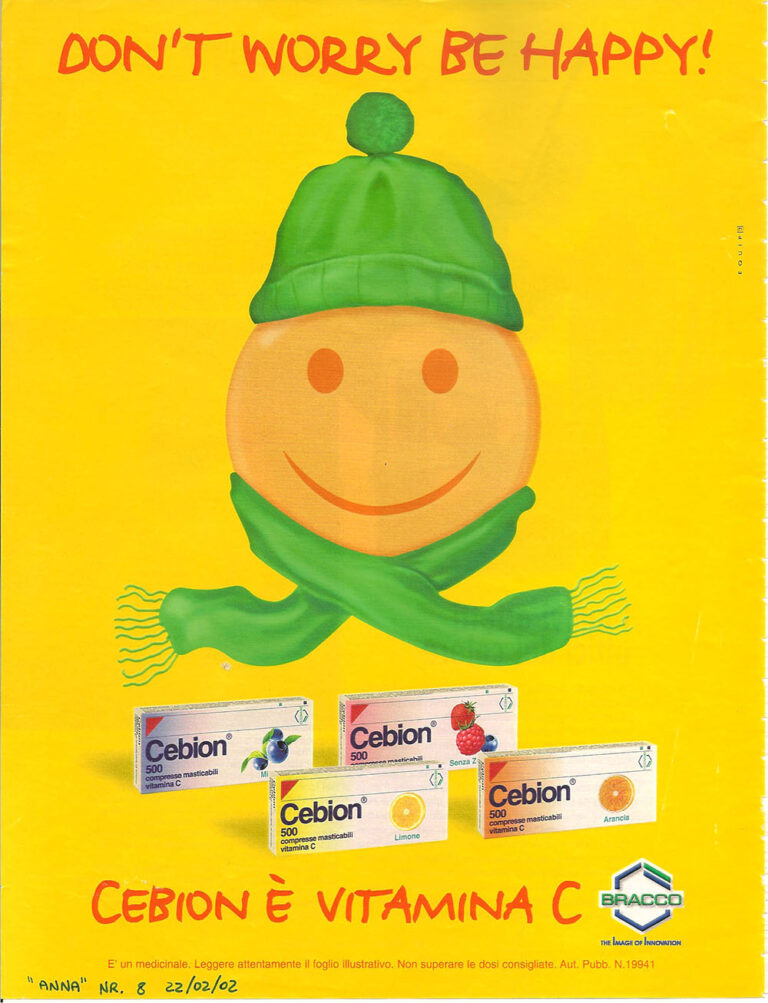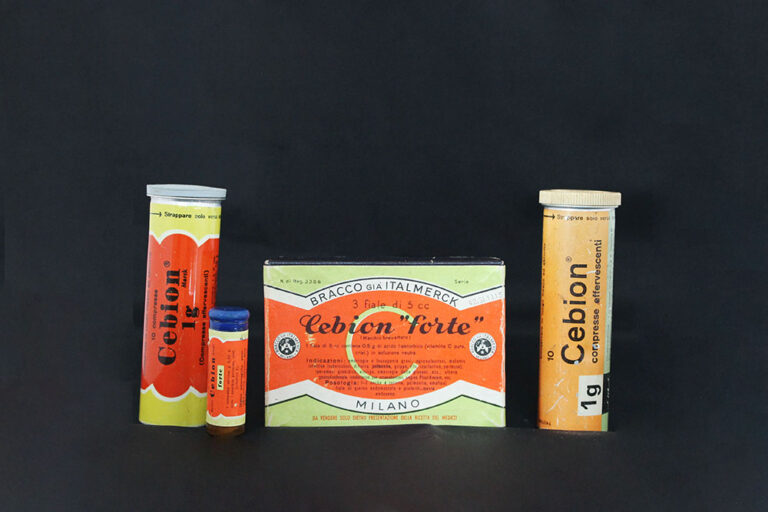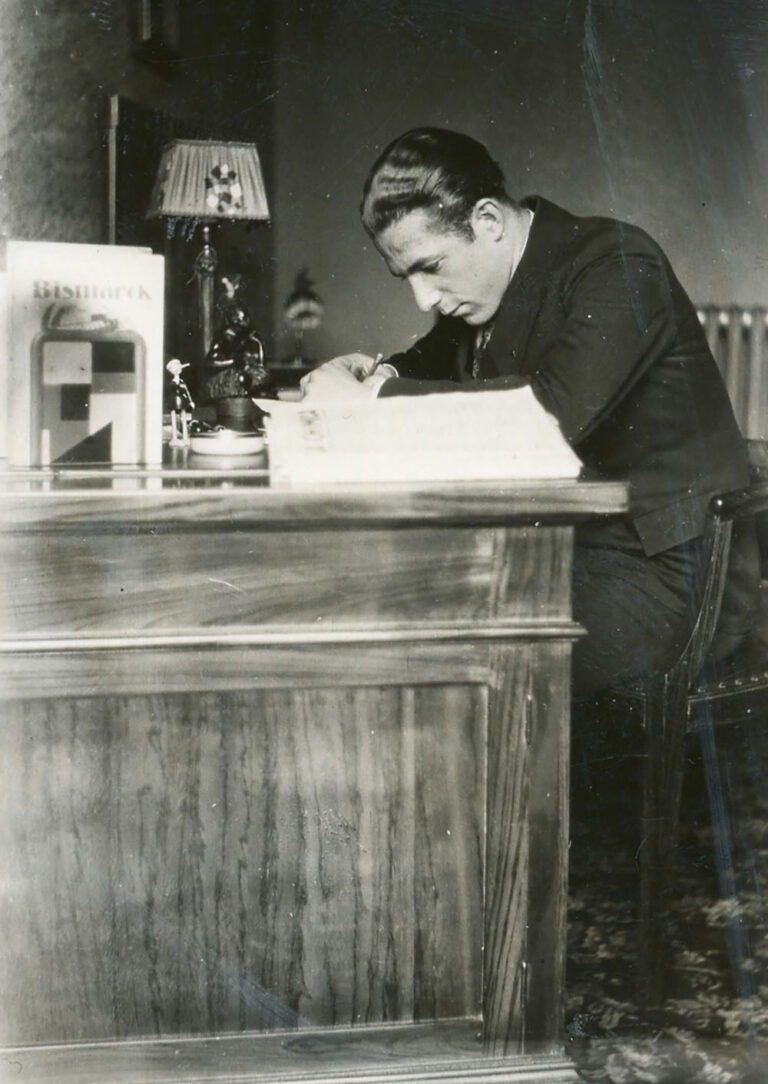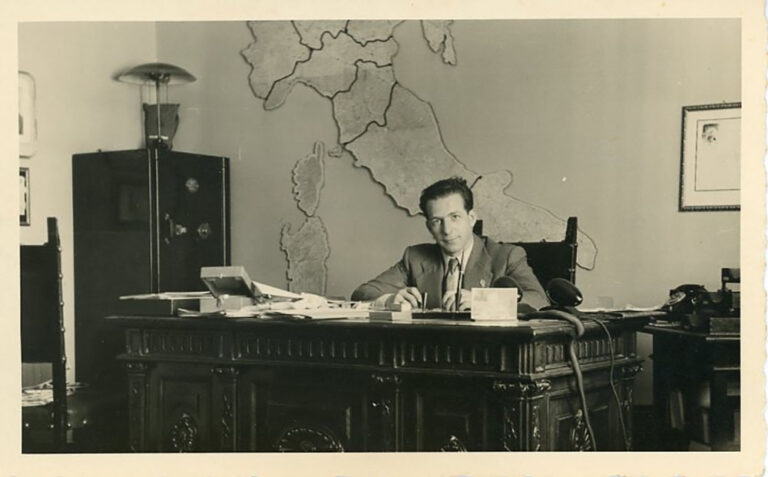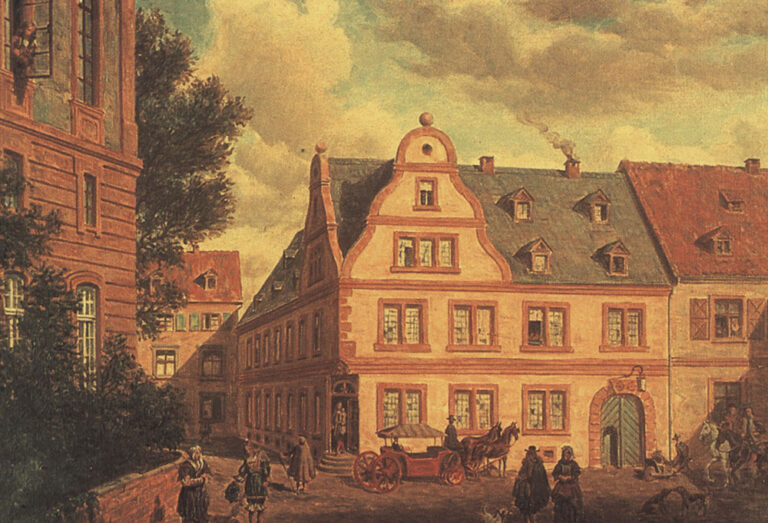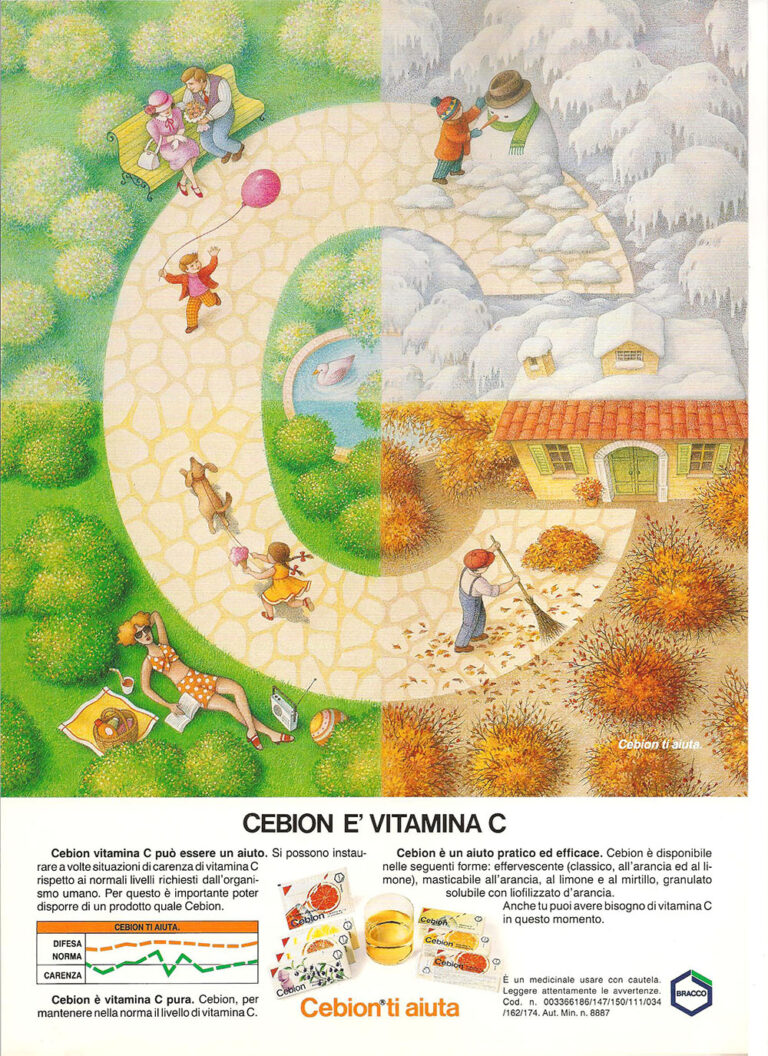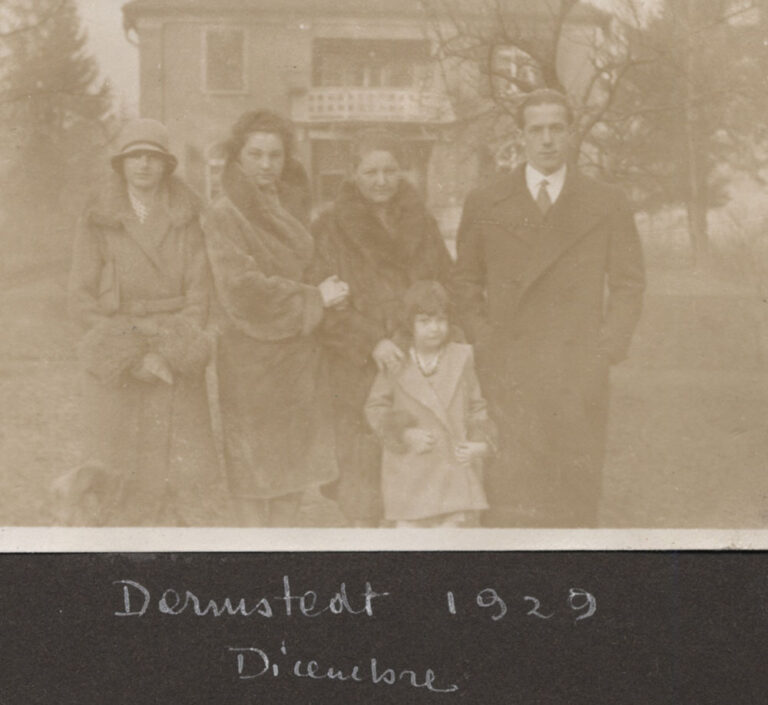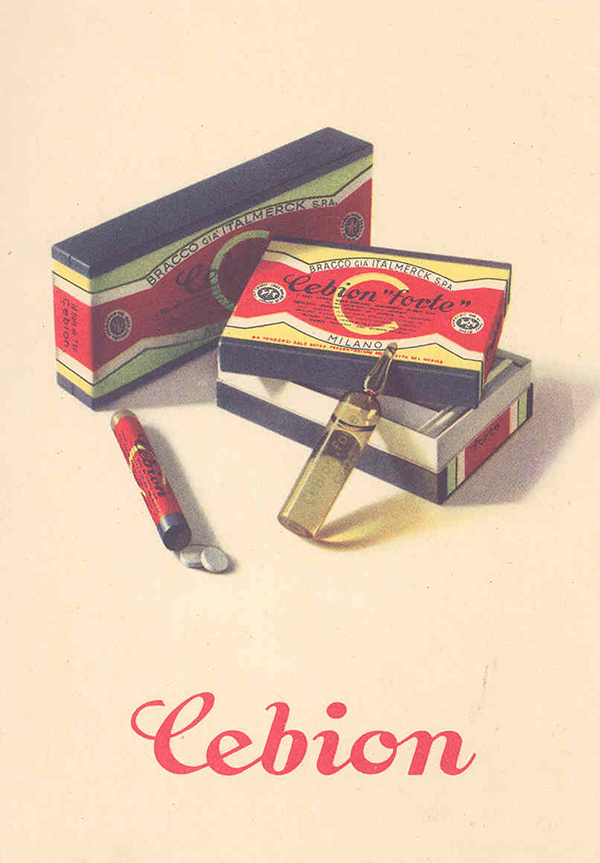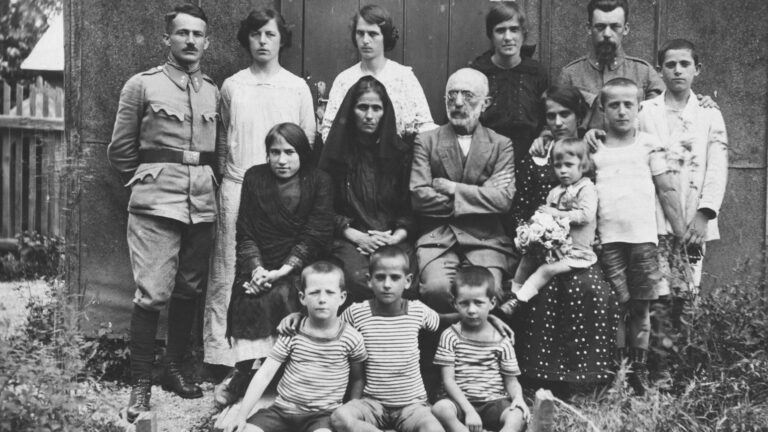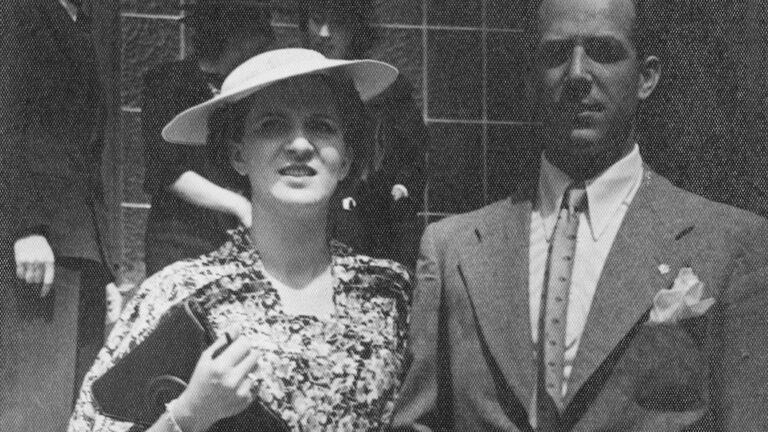
The story of Vitamin C is tightly intertwined with the history of the Bracco Group, and in particular with the personal and professional adventure of Fulvio Bracco. On October 1st, 1934, a young Fulvio, recently graduated in Pharmaceutical Chemistry from the University of Pavia, joined the organization founded in 1927 by his father, Elio, an Istrian refugee who had settled in Milan. His desire to learn and grow was strong, and during his university years Fulvio had spent his summer holidays in Germany at the Merck facility in Darmstadt as an apprentice, in order to learn the production processes of a large chemistry and pharmaceutical plant: first a workman, a supervisor, then a position in the research laboratory, and finally, training experience in the administrative and sales departments.
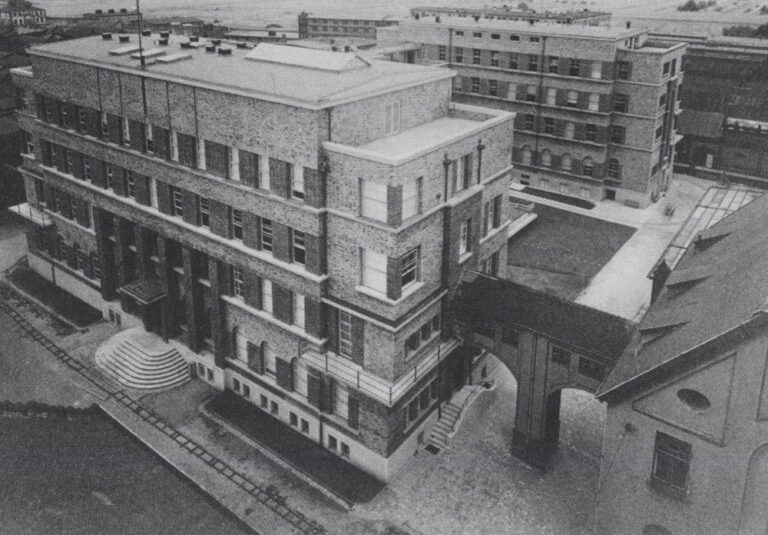
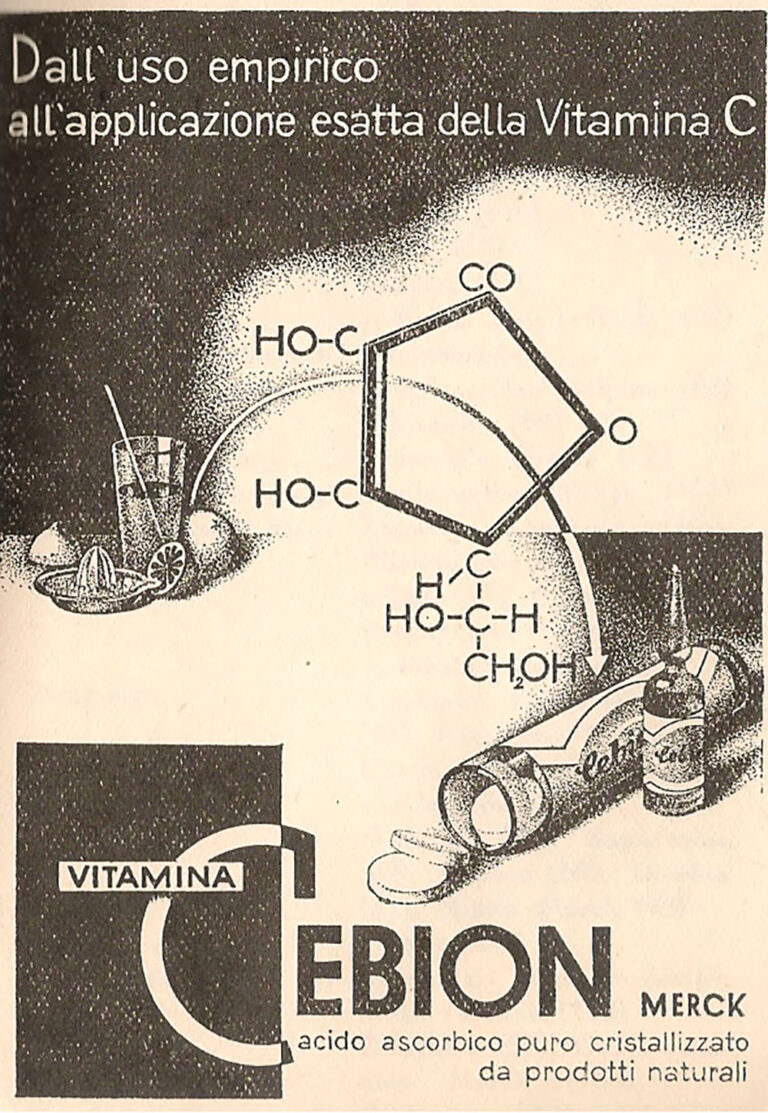

For Fulvio Bracco, Darmstadt was a fantastic school: and that is where he had the good fortune to be part of the birth of Cebion, as an auditor. He tells it firsthand in his memoirs From Nerezine to Milan. “I can honestly say that I have witnessed the European ‘preview’ of Vitamin C. It was the science director Carl Löw who had invited me to participate in the event – he had a good opinion of me and had taken a liking to me. The man who actually discovered Vitamin C was the one who was presenting it for the first time: Professor Albert Szent-Györgyi. In the United States, he managed to obtain Vitamin C by extracting it from plants and chemically synthesizing it, thereby making it suitable for production.”
Szent-Györgyi’s work was truly revolutionary, because it solved the nearly thousand-year-old problem of Vitamin C deficiency. In fact, in 1937 the Hungarian scientist together with the British Walter Norman Haworth both received the Nobel Prize, the former in Medicine and the latter in Chemistry. Confident in his discovery, Szent-Györgyi presented his findings to several companies specifically involved in the field of vitamins. “As Doctor Löw wanted,” Fulvio Bracco continues, “sitting at a table on the side, I witnessed the discussion between Szent-Györgyi and the chemists, all distinguished professors. They spoke and I listened. It was clear that the product had the potential to be very successful in the medical field. That was the beginning of Vitamin C.”
In 1934, Cebion, Vitamin C, was made commercially available in Germany by Merck and in Italy by Elio and Fulvio Bracco’s company.
